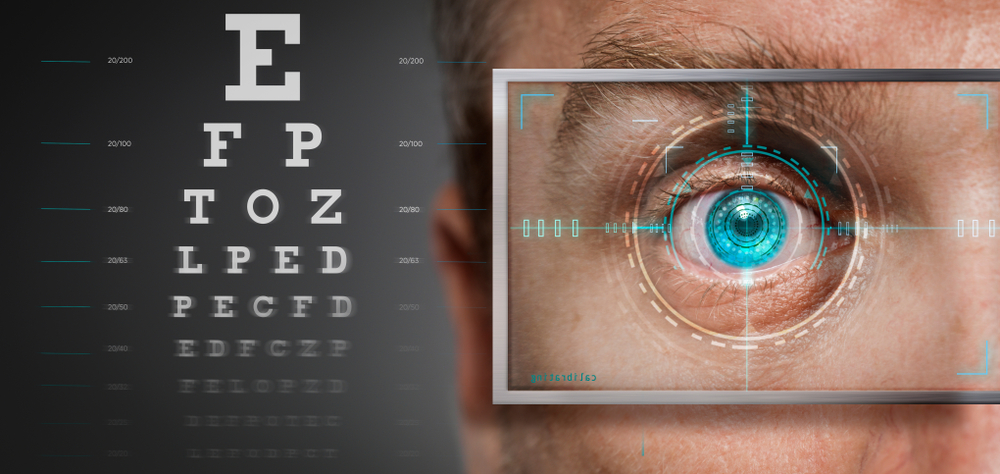
LASIK, or Laser-Assisted In Situ Keratomileusis, is a popular surgical procedure performed by ophthalmologists to correct vision issues such as myopia, hypermetropia, and astigmatism. This surgery has become increasingly popular over the years due to its high success rates and minimal recovery time. However, despite its growing popularity, there are several myths and misconceptions surrounding LASIK that often deter people from considering it as an option for vision correction.
How Does LASIK Work?
The procedure involves reshaping the cornea, the transparent front part of the eye, to allow light entering the eye to be properly focused onto the retina, thereby improving vision. LASIK surgery is typically performed using an excimer laser, designed to remove microscopic amounts of tissue from the cornea. The ophthalmologist starts by creating a thin flap on the surface of the cornea, which is then folded back to expose the underlying corneal tissue. The laser is then used to reshape the cornea, after which the flap is repositioned and left to heal naturally.
The entire process is quick and generally pain-free, thanks to the use of numbing drops applied before the surgery. Most patients report an improvement in their vision almost immediately after the procedure, and complete recovery usually takes a few days to a week.
Debunking Common Myths About LASIK
Firstly, the myth that LASIK is incredibly painful is not true. As mentioned, numbing drops are used during the procedure, so patients typically feel little to no pain.
Another myth is that LASIK is only a temporary solution and that glasses or contact lenses will still be needed eventually. In reality, LASIK permanently reshapes the cornea. While it's true that it cannot prevent age-related vision issues such as presbyopia or cataracts, for many people, LASIK results in a lasting improvement in vision.
The misconception that only young people can undergo LASIK is also false. While there are age-related considerations and older patients may see slower healing times, there is no strict upper age limit for the procedure. Each patient is assessed on an individual basis, considering their overall health and specific eye conditions.
Lastly, the fear of going blind from LASIK is unfounded. LASIK is an extremely safe procedure, and severe complications are exceedingly rare. It's important to remember that all surgical procedures carry some level of risk, but the likelihood of severe complications from LASIK is extremely low.
The Truth About LASIK
LASIK is a safe and effective procedure for vision correction. It has a success rate of over 96%, making it one of the most successful elective procedures.
While it's true that not every patient will achieve 20/20 vision, the vast majority of people who undergo LASIK end up with vision that is functionally as good as, or better than, what they had with glasses or contact lenses.
As for recovery, most patients return to their normal activities within a day or two of the procedure, with full recovery typically occurring within a week.
Benefits of LASIK Surgery
The benefits of LASIK go beyond just improving vision. Many patients report enhanced quality of life and increased self-confidence after the procedure. They enjoy the freedom from glasses and contact lenses, which can be especially beneficial for those who lead active lifestyles or have professions where glasses and contacts may be inconvenient.
LASIK also offers long-term cost savings. While the upfront cost of the surgery may seem high, over time, the recurring costs of glasses, contacts, and related supplies can add up, making LASIK a cost-effective solution in the long run.
Lastly, LASIK has a strong safety profile. Serious complications are rare, and the procedure has been continually refined and improved over the past few decades, increasing its safety and effectiveness.
Who is a Candidate for LASIK?
LASIK isn't for everyone. An ideal candidate for LASIK is someone who is at least 18 years old, as younger patients may still have changing vision. They should have stable vision for at least a year prior to the procedure and be free of certain eye diseases and conditions.
Pregnant women and people with certain health conditions, like diabetes or autoimmune diseases, may not be suitable candidates for LASIK. It's important to have a thorough consultation with an ophthalmologist to assess your suitability for the procedure.
LASIK - A Clearer Vision for the Future
LASIK is a proven, effective option for vision correction. By debunking common myths, we hope to have clarified any misconceptions and fears about the procedure. The benefits of LASIK make it a worthwhile consideration for those seeking to improve their vision and quality of life. It's essential to have a thorough discussion with your ophthalmologist to determine if you're a good candidate for LASIK.
Don't let myths and misconceptions about LASIK hold you back from exploring the benefits of this life-changing procedure. If you are interested in LASIK surgery, schedule a consultation with our professionals at Reeve Woods Eye Center in our Chico, California, office. Call (530) 317-EYES to book an appointment today.









